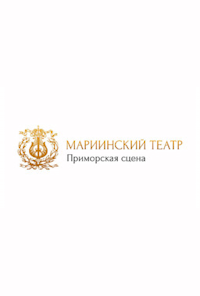

Lyubov k tryom apelsinam (The Love for Three Oranges), Prokofiev
分享
The Love for Three Oranges by Prokofiev, 周三 21 2月 2018, 从 (2017/2018), 導演是 Alain Maratrat,, 导体 Anton Torbeev, Valery Gergiev, Primorsky Stage of the Mariinsky Theatre, Vladivostok, Russia
查看演員和工作人員 21 2月 2018
Conductor
Stage director
投擲
Korol Tref
(King of Clubs)
Prinz
(The Prince)
Prinzessa Clarice
(Princess Clarice)
Leandr
(Leandro)
Truffaldino
Pantalon
(Pantalone)
Mag Cheliy
(Tchelio)
Fata Morgana
Ninetta
Linetta
Nicoletta
Smeraldina
Farfarello
Kuharka
(Cook)
儀器儀表
Piano
全體人員
Set designer
Costume designer
Lighting designer
Chorus master
Assistant Stage Director
了解更多關於作曲家的信息



